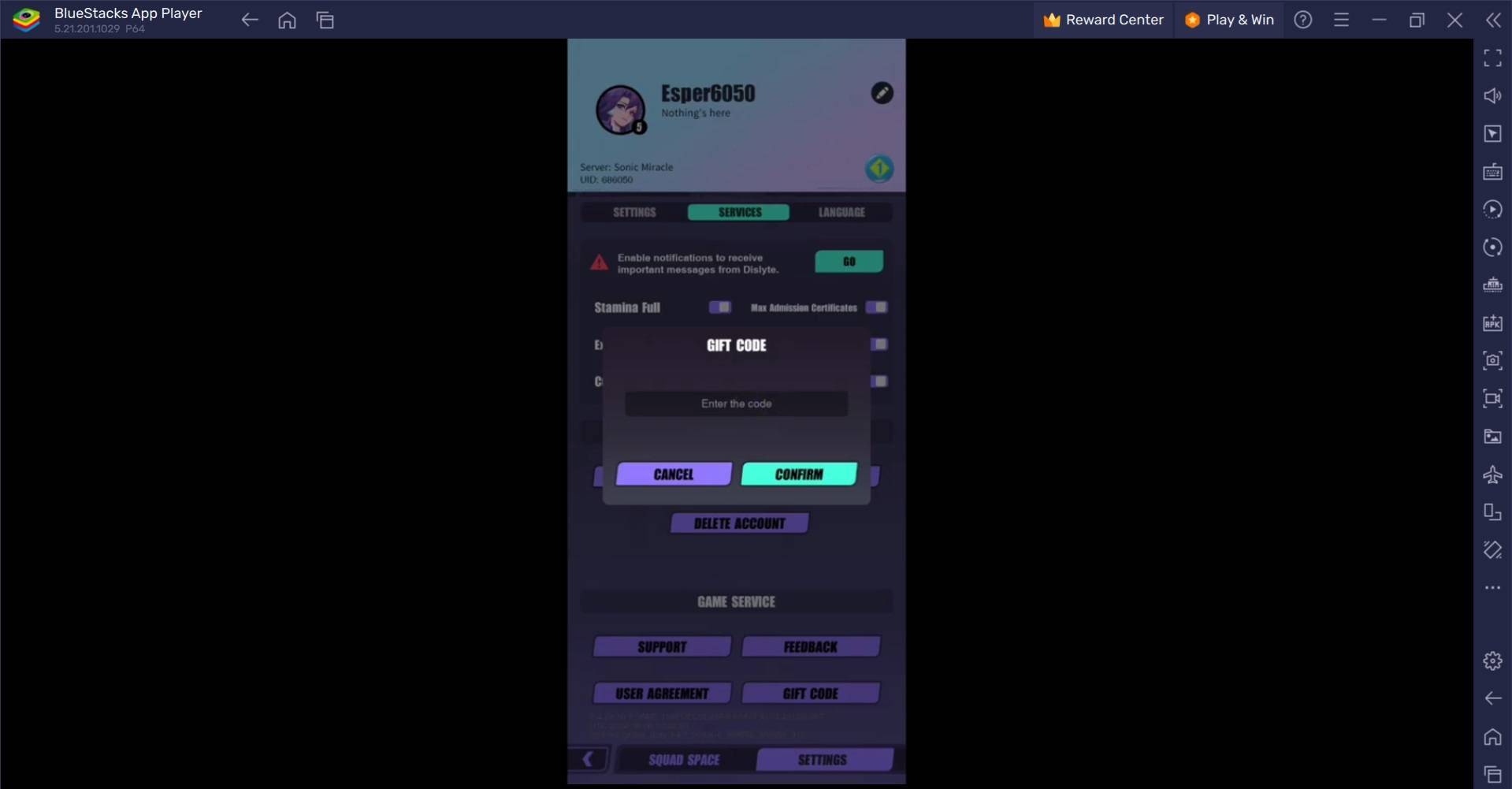Gints Zilbalodis's Latvian animated film, Flow, is a 2024 cinematic triumph, defying expectations with its remarkable artistry and storytelling. This groundbreaking film has garnered over 20 international awards, including a Golden Globe, and achieved a historic first as the first Latvian production to win the coveted Oscar for Best Animated Feature.
Set in a hauntingly beautiful, post-apocalyptic world devoid of humanity, Flow follows a resourceful cat and other animal survivors navigating a looming global flood.
Table of Contents
- What Makes Flow So Extraordinary
- The Open-Ended Conclusion Leaves Viewers Pondering Multiple Possibilities
- Recording Authentic Animal Sounds Presented Unique Challenges
What Makes Flow So Extraordinary
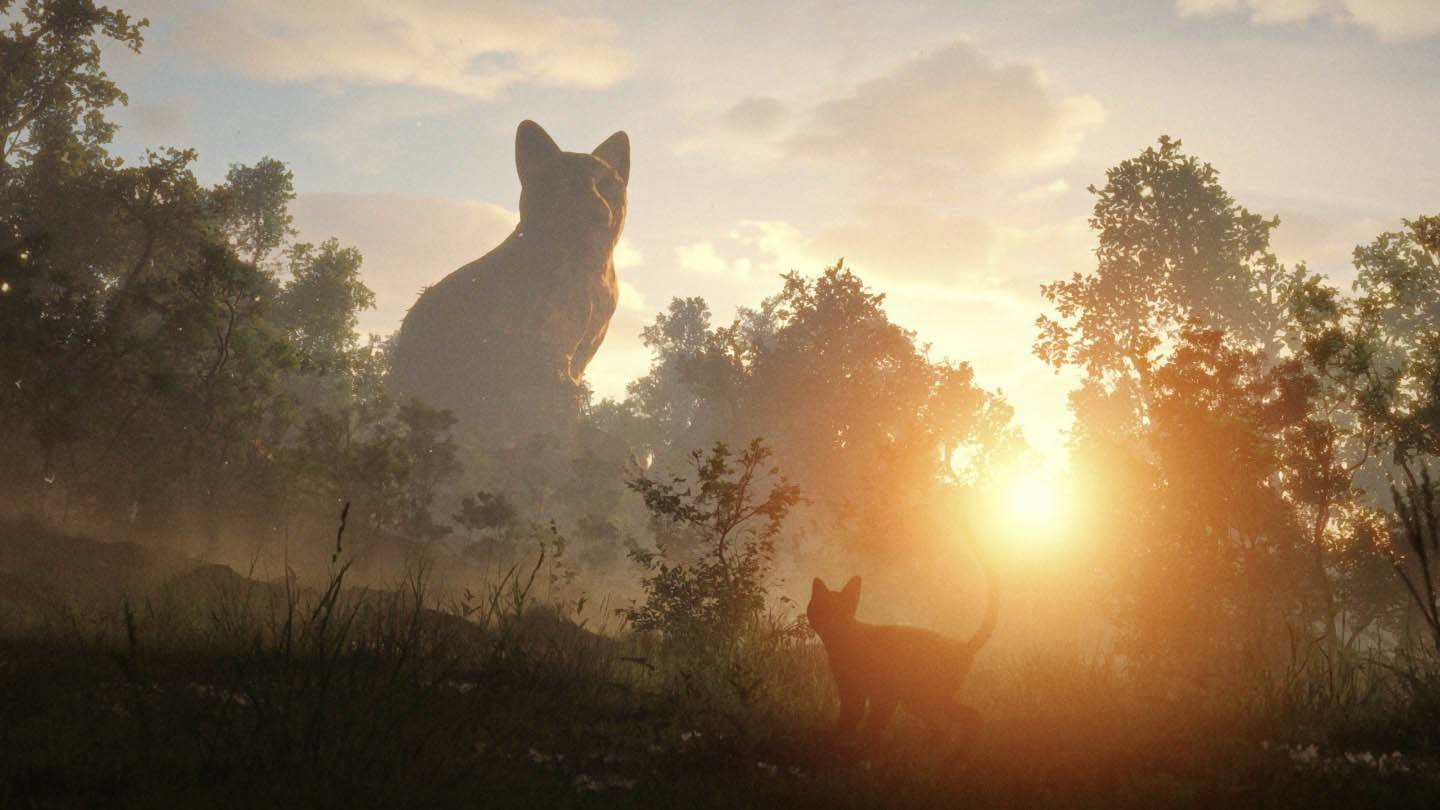
Animals Mirroring Human Behavior
At its heart, Flow uses animals to explore complex human traits and social dynamics. The adaptable and resourceful cat; the balanced but complacent capybara; the decisive secretary bird; the energetic and sociable labradors; and the consumerist lemur—each character embodies distinct human characteristics, creating a rich tapestry of personalities. Children will find relatable characters, while adults will recognize familiar behaviors. Director Gints Zilbalodis even draws a parallel between his own team-building experience and the cat's journey of learning trust and collaboration.
A Story that Sparks Childlike Imagination
Released amidst a global pandemic and political unrest, Flow resonates deeply with contemporary anxieties about survival, cooperation, and environmental challenges. Without dialogue or human characters, the film invites viewers to interpret its layers. The remnants of civilization—boats hanging from trees—hint at past floods and potential evacuations, leaving the specifics intentionally ambiguous and encouraging audience speculation. The mysterious secretary bird further fuels this intrigue, prompting questions about its nature: divine intervention, hallucination, or simply a powerful leader emerging from crisis?
The Open-Ended Conclusion Leaves Viewers Pondering Multiple Possibilities
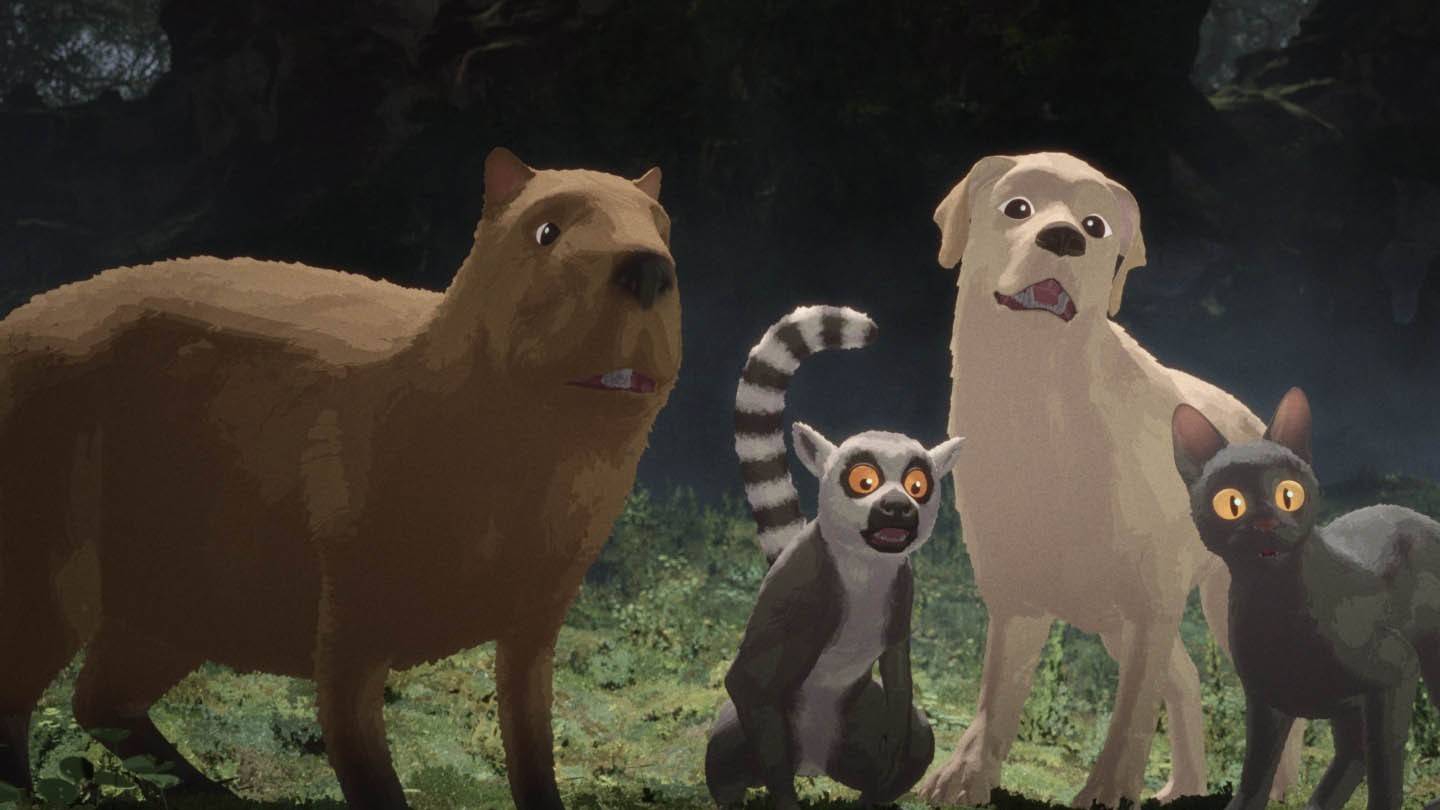
Will the animals find new ways to coexist after the flood? How will their relationships evolve under pressure? What survival and community lessons can we glean from their experiences? This multi-layered approach allows for deeply personal interpretations.
Unique Animation Style: Deceptively Simple
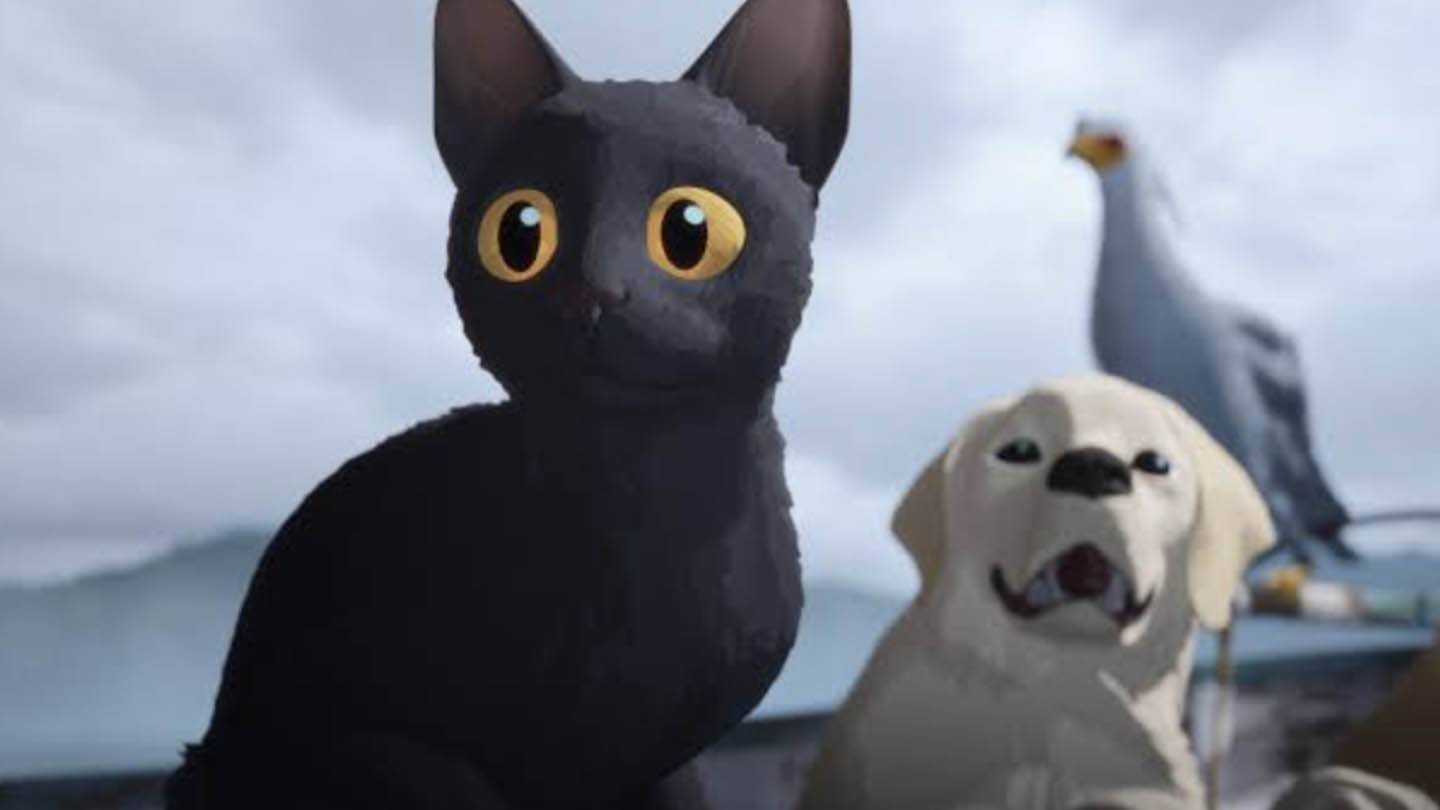
Flow's visual style departs from traditional animation, creating a distinctive aesthetic that complements its themes. Inspired by watercolor techniques and video game design, the animation achieves a dreamlike quality. Unlike high-octane blockbusters, Flow's seamless transitions and extended shots fully immerse the viewer. Technical choices, such as long, unbroken camera movements through expansive landscapes, create moments of pure cinematic magic.
No Words Needed
Flow proves compelling storytelling transcends dialogue. Through masterful use of body language, facial expressions, and a natural soundscape, the film effectively communicates emotions and relationships.
Recording Authentic Animal Sounds Presented Unique Challenges

Capturing natural cat vocalizations required covert recording methods. Capybaras' vocalizations, limited to specific situations like tickling, demanded innovative solutions involving other species. Even common sounds were carefully crafted to match each character's personality.
Critical Acclaim and Recognition
Despite its modest $3.5 million budget—a fraction of its competitors—Flow received widespread praise from industry leaders. Guillermo del Toro called it "a visionary beginning for animation's future," Bill Hader declared it "the best film of 2024" (despite a cat allergy!), and Wes Anderson lauded its "absolute uniqueness and wild excitement." Its success showcases how creative vision and innovative techniques can overcome budgetary constraints to achieve global artistic recognition.
 Home
Home  Navigation
Navigation






 Latest Articles
Latest Articles
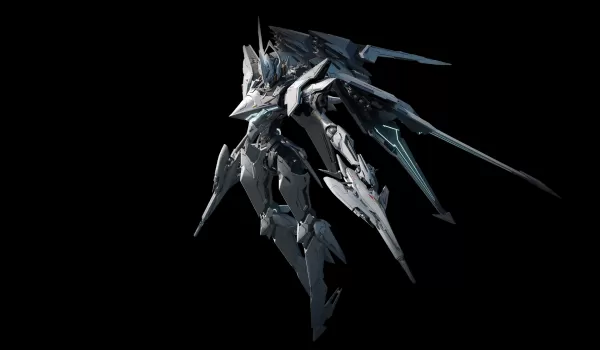









 Latest Games
Latest Games










